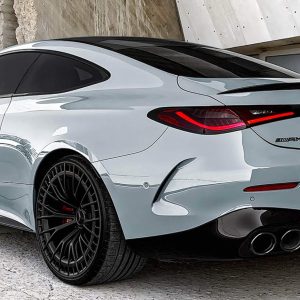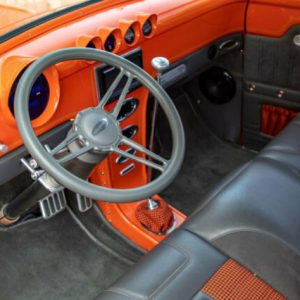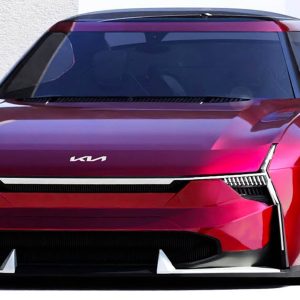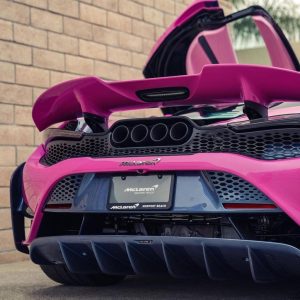That‘s what we call performance art: six of the mythical BMW Art Cars have been raced at Le Mans – we take a look at their fate before Art Car number 20 becomes the 7th to enter the 24-hour race this weekend.
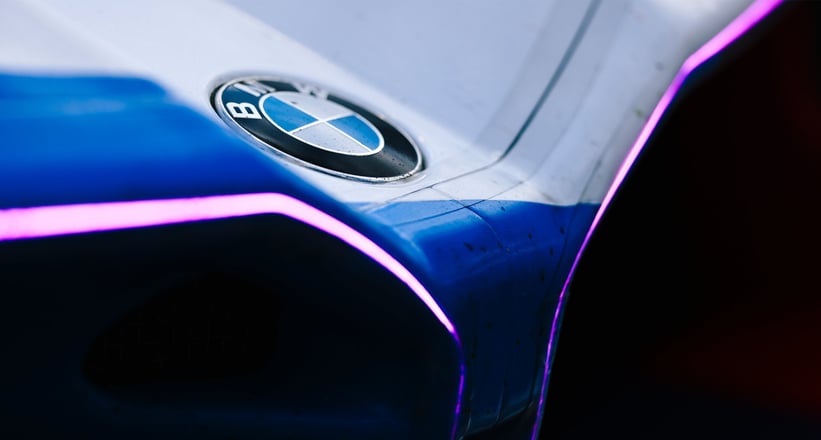
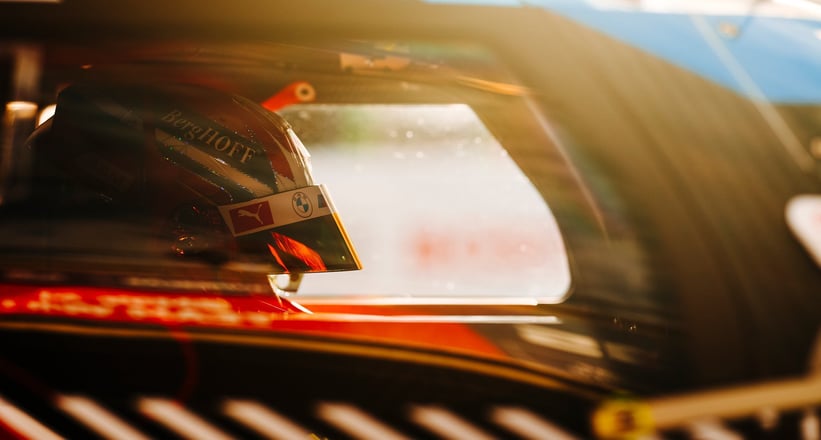
Sure, speed is nice and all, but to be a winner at Le Mans, you need more than just a powerful car and superior driver or two. Yannick Dalmas, who drove the legendary BMW V12 LMR to victory in 1999, claimed “To get to the top, drivers, mechanics and crew have to start working together closely months before the race. Right from the start, you need to have the same objective: victory!” It is this deeply engrained mentality that allows the good to be great, and the great to be beaten by the best. Le Mans takes zero prisoners, and that’s just how it draws hundreds of thousands of fans, as well as some of the biggest names in motoring back to the event.
One of which is BMW, who’d got their first taste of the mighty race in 1937 and have used their racing cars as a rolling canvas to showcase the creativity of art’s biggest talents. As we’re joining them at this year’s event, marking the return to the highest class since their win in 1999, we decided it was the perfect time to take a closer look at the cars that BMW let artists loose on, only to be raced wheel-to-wheel at one of motorsport’s greatest races.
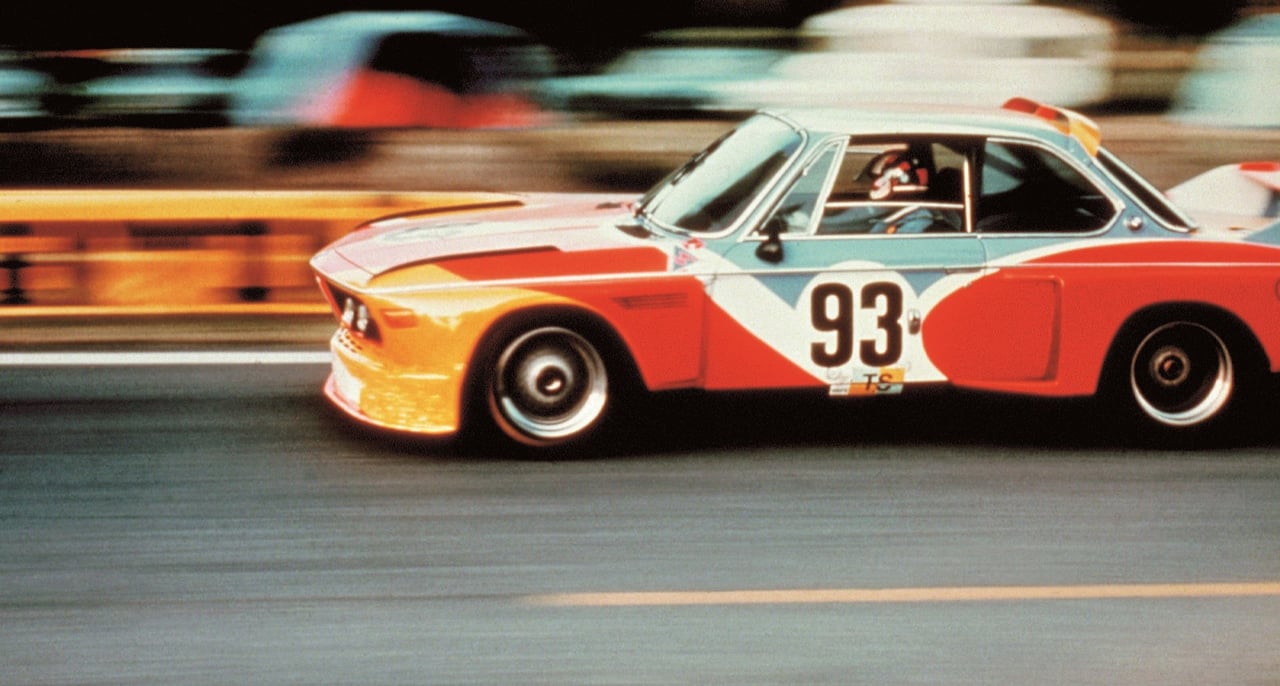


1975: Alexander Calder – BMW 3.0 CSL
The BMW Art Car programme really did kick off in style, thanks to Alexander Cadler’s primary-coloured creation. The mere idea of letting artists run riot on a competition car was a sensation in itself, and Calder was inspired by the French auctioneer and racing driver, Hervé Poulain, to produce a true piece of moving artistry. Sticking to vibrant shades of orange and yellow, Cadler used the race-ready 3.0 CSL’s wide body lines as the antithesis of his line work, giving the illusion of speed, even while the car is motionless. It is reported Calder had relished in the opportunity of working with a true-to-life medium, which was promptly entered for the 24-hour race in 1975. With Calder in attendance, and the striking machine driven by Sam Posey and Frenchmen Jean Guichet and Herve Poulain, disaster struck at the 9th hour, leading to the team retiring the car, and it has remained a museum piece ever since. Sadder still, the world’s first BMW Art Car was also one of Calder’s last works of art as he died the same year it was unveiled.
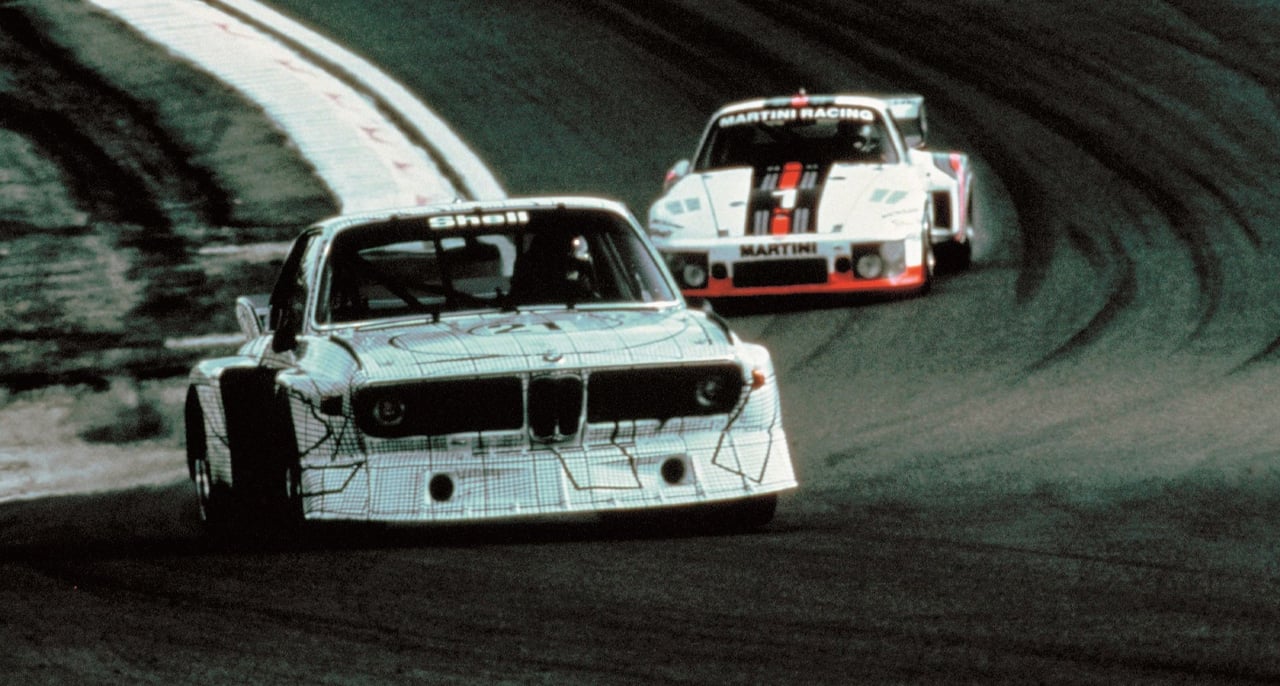


1976: Frank Stella – BMW 3.0 CSL Turbo
A year after Calder’s vibrant design, BMW knew they had struck gold with the Art Car series already. As preparations were well underway ahead of the 1976 Le Mans 24hr, US artist Frank Stella would have his opportunity to leave his mark on the 3.0 CSL, a masterwork still adored by art and automotive fans alike to this day. Stella, like so many of us, was a lover of motor racing, and wanted to let the CSL’s exquisite bodykit sing, with his grid-like pattern serving more as a sheet of graph paper and plotting marks for added effect.
Just like Cadler’s Art Car, Stella’s CSL would hit the start line of Le Mans, but 1976 was again not to be BMW’s year, with the car suffering issues after a few hours and was forced to retire. In the same year after its debut, the car was entered for another race, this time the Manufacturer’s World Championship event in Dijon, France. Ronnie Peterson, famed F1 driver who’d enjoyed many successes with Lotus in that year, happened to be one of Stella’s friends, raced the Art Car, but once again suffered a DNF. Tragically, Peterson was killed at Monza in 1978, and in memory of his friend, Stella produced a series of paintings entitled “The Polar Co-ordinates for Ronnie Peterson.”
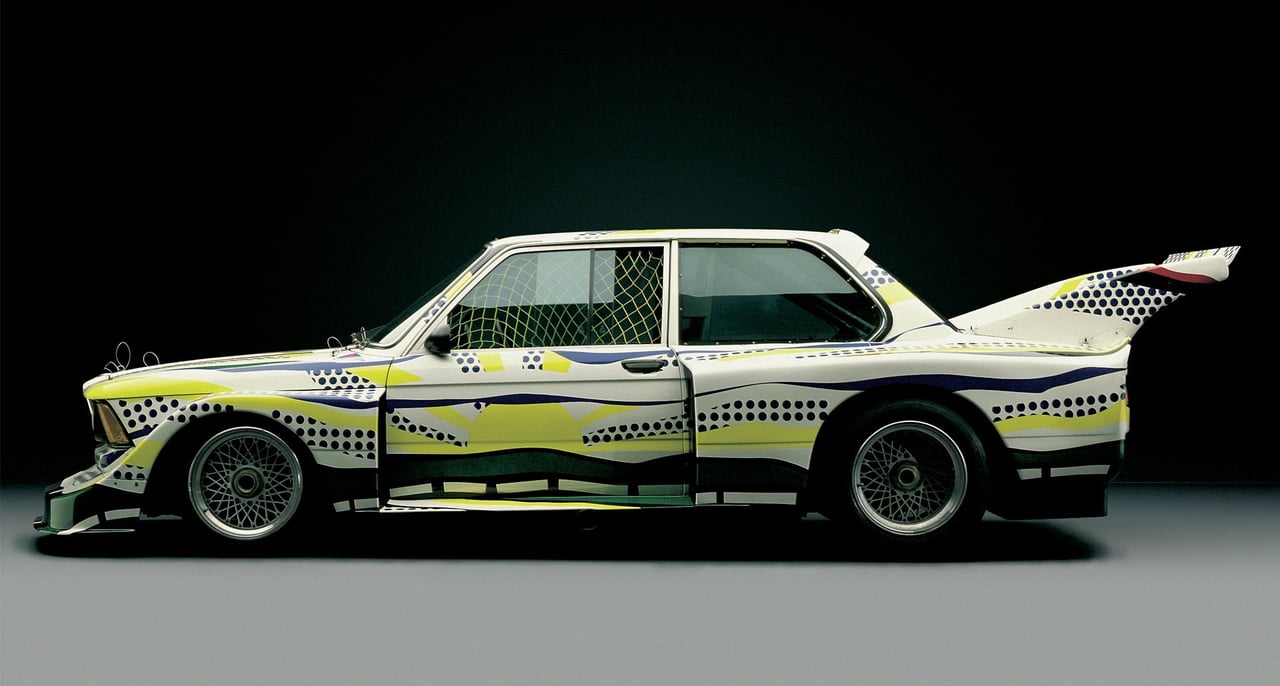
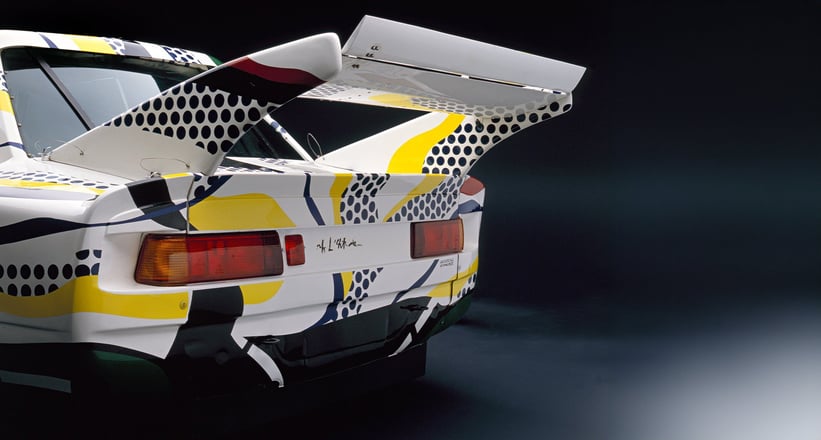
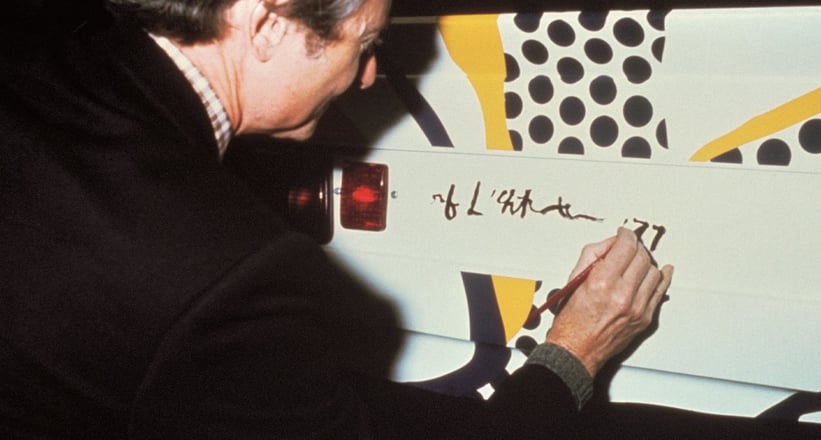
1977: Roy Lichtenstein – BMW 320i Group 5 Turbo
New year, new car, meaning a new canvas to experiment with. This time, it was New Yorker Roy Lichtenstein who’d put brush to BMW in 1977, and create a masterpiece of motion and colour. By this time, Lichtenstein’s comic art was already a piece of pop culture, but his BMW Art Car is so clearly influenced by his previous works, using elongated coloured strips to showcase speed and agility, just like that of a comic strip. He explained, “The painted lines symbolize the road the car has to follow, and the artwork also portrays the surroundings through which the car is being driven.”
Just like the previous two, the Art Car’s instigator Herve Poulain was behind the wheel, alongside Marcel Mignot, eventually bringing the Group 5 specified 320i home to ninth overall, and a triumphant first in its class. While on the subject of Poulain, despite playing a pivotal role in the inception of the Art Car series, he would go on to showcase his love of art by founding Artcurial, now one of the world’s finest curators and auctioneers of contemporary and classical art!
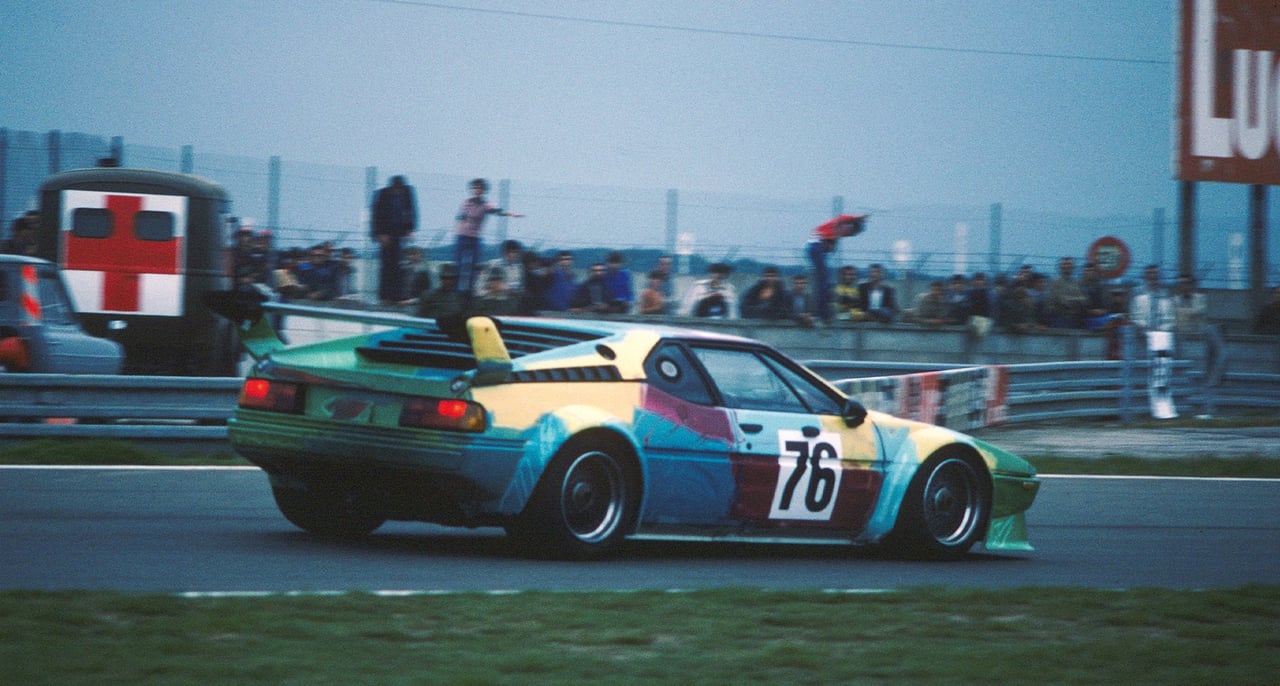
1979: Andy Warhol – BMW M1
Perhaps the most famous of all Art Cars, Warhol’s BMW M1 was a true testament to the man’s innate creativity, producing rolling art that captivated the minds of thousands of spectators at the 1979 Le Mans 24hr race. While the previous artists had spent a great deal of time planning and preparing for the blank canvas, Warhol saw this low-slung supercar as the ultimate chance to free-form his art. He continued to paint the car entirely by himself, with no prior guides or interpretations, creating yet another machine that portrays speed even while standing still.
The car didn’t stay still for long, though, and its only race was to be the big one, claiming sixth overall and second in class, driven home by Manfred Winkelhock and, you guessed it, Herve Poulain alongside Marcel Mignot.
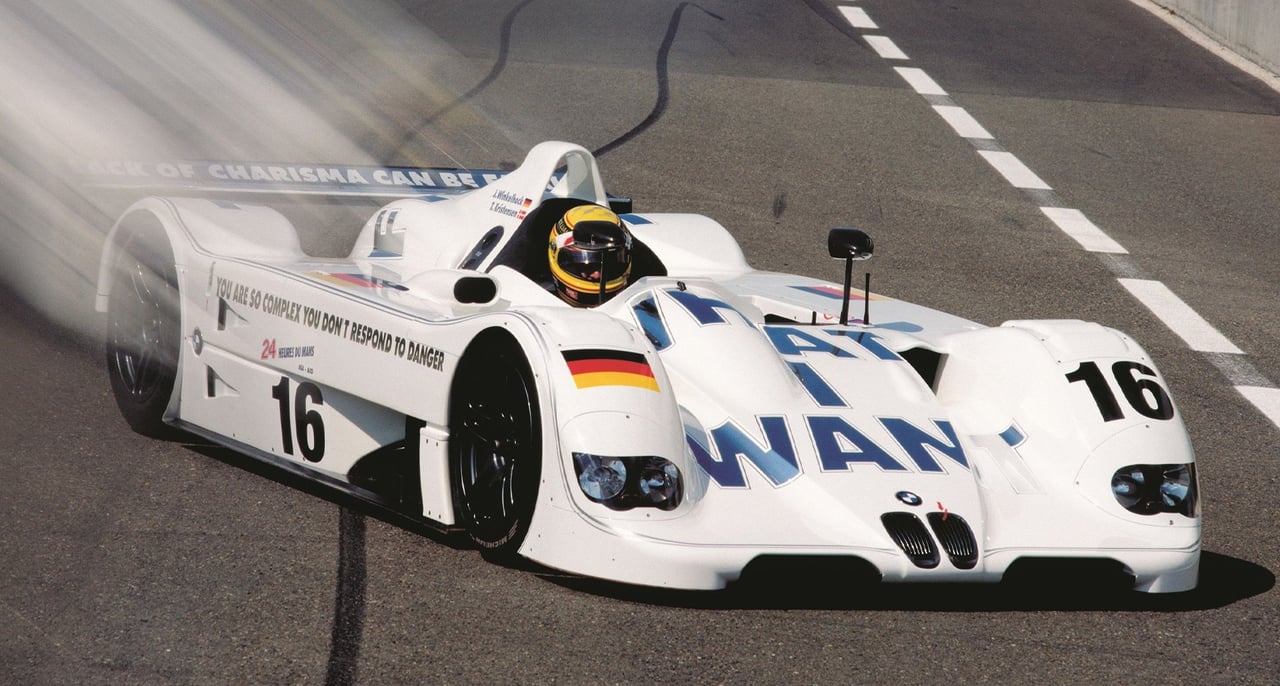

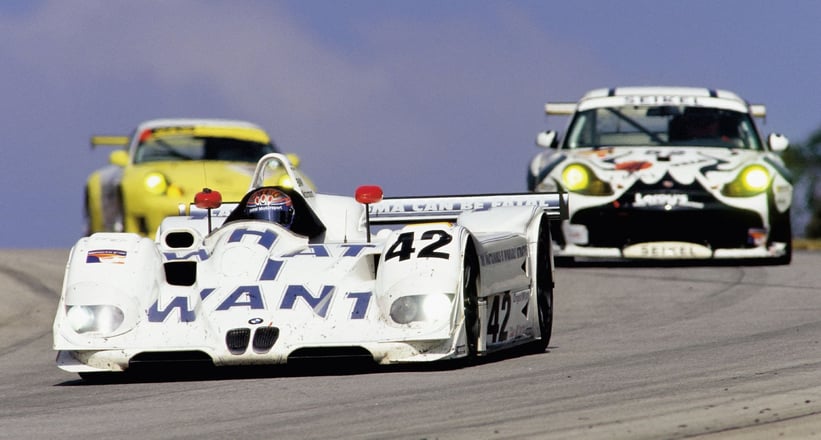
1999: Jenny Holzer – BMW V12 LMR
It would be another 20 years until another Art Car joined the elite racers at Le Mans, and by then BMW had turned their attention to more road-going cars for the project. That all changed in 1999, though, when it was US-born contemporary artist Jenny Holzer’s turn to portray her creativity onto four wheels. As blank canvases go, the 1999 BMW V12 LMR was a first for the Art Car series, a flat bodied racer that Holzer used to her advantage, showcasing multiple statements from her ‘Truisms and Survival’ series in BMW’s iconic shade of blue.
Despite Holzer’s Art Car only taking part in the pre-qualifying race in Le Mans, 1999 would become a memorable year for BMW, with another V12 LMR claiming a triumphant victory over Toyota and Audi.

2010: Jeff Koons – BMW M3 GT2
Almost every Art Car built for motorsport follows a similar journey in capturing the sense of speed while on a racetrack, but Jeff Koon’s 2010 creation is perhaps the most literal, and highly regarded as one of the very best in this ever-growing series. Koons tapped into the sensation of power, motion and bursting energy for his design, creating a car that somehow unifies every Art Car that came before it. The closer you look, the more you see hints of Warhol’s M1 and Calder’s 3.0 CSL, marking the M3 GT2 as a wonderfully original and yet somehow familiar piece of automotive art.
As a display piece, the car wowed its onlookers at the Centre Pompidou in Paris in June of 2010, but like the others, it had a job to do. The Art Car fared well initially, but sadly had to retire the car just 53 laps into the 24 hour endurance race. Despite the disappointment, Koons perfectly summed up the relentlessness of every Le Mans competitor, “These race cars are like gladiators.”
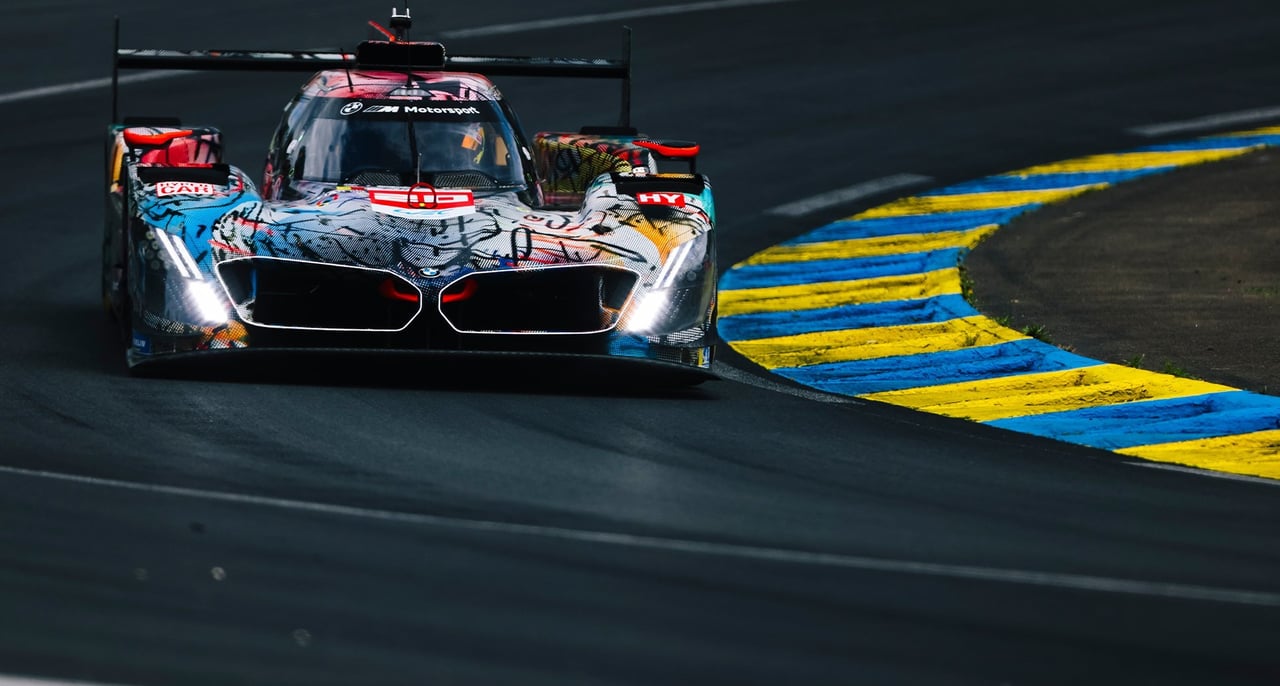

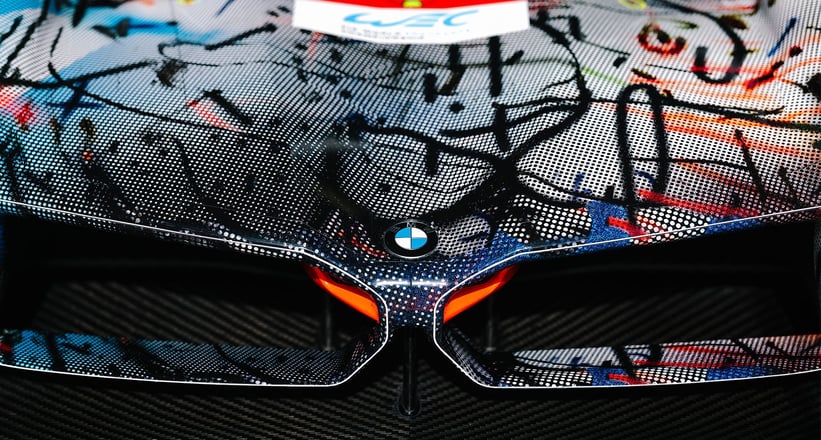
2024: Julie Mehretu – BMW M V8 Hybrid
And so, it all comes down to this. Celebrating the 20th car in BMW’s series, world-renowned American painter Julie Mehretu was passed the mantle to give BMW’s Le Mans hopeful a dramatic new look. Highly skilled and the recipient of multiple worldwide awards, Mehretu captures the true ethos of the entire Art Car series perfectly, and summarises the significance perfectly with this quote. “The whole BMW Art Car project is about invention, about imagination, about pushing limits of what can be possible. I don’t think of this car as something you would exhibit. I am thinking of it as something that will race in Le Mans. It’s a performative painting.”
Performative painting is perhaps the simplest way to synopsise almost 50 years of creativity, bringing together the automotive world and allowing some of the greatest artists of the decades to flex their artistic muscles on the ultimate canvas. We’ll be riding closely with Julie’s Art Car at this year’s Le Mans 24hr Endurance, so be sure to follow our social media channels!
Photos: BMW Archive
